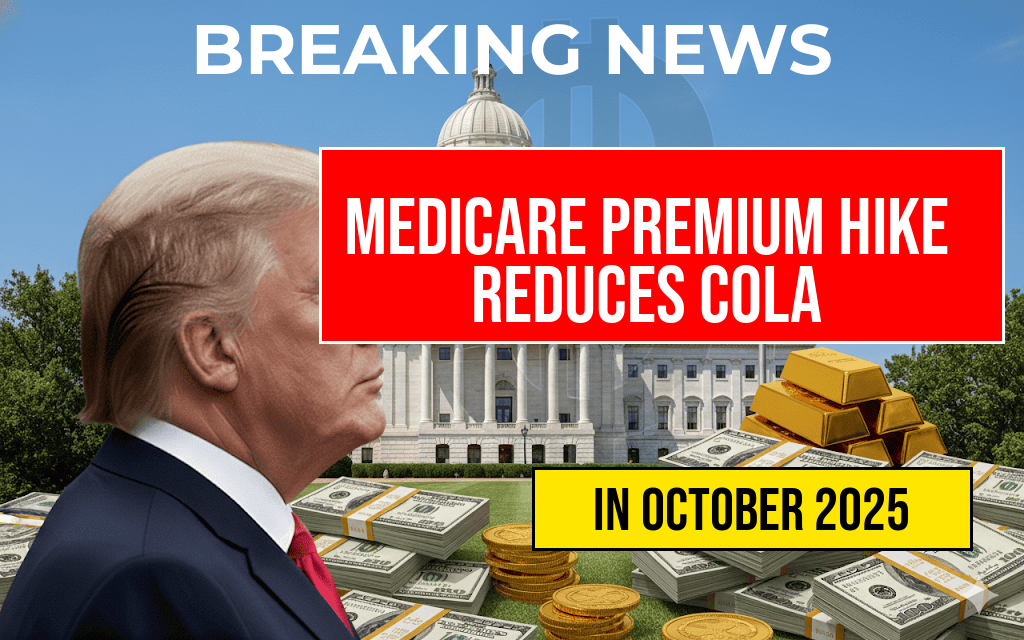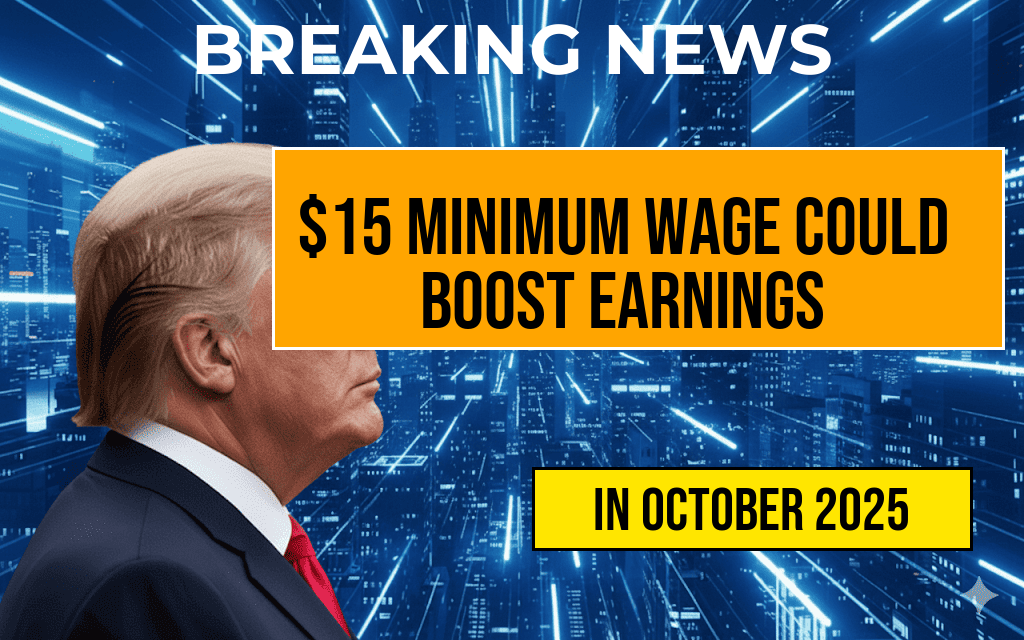Medicare beneficiaries are facing a notable financial shift this year as a combination of increased premiums and the annual Cost of Living Adjustment (COLA) impacts their healthcare expenses. Despite a modest COLA increase of approximately ten dollars and thirty cents for many recipients, rising Part B premiums will nearly offset this benefit, leaving some enrollees with little to no net gain. The Centers for Medicare & Medicaid Services (CMS) announced that the standard Part B premium will increase by $10.70, rising from $164.90 to $175.60 for 2024. This adjustment effectively consumes the entire COLA increase for many beneficiaries, raising concerns about the affordability of healthcare for seniors and disabled Americans. As the healthcare landscape evolves, understanding the interplay between premium hikes and COLA adjustments becomes critical for millions relying on Medicare to meet their medical needs.
Understanding the 2024 Medicare Premium Adjustment
Details of the Premium Increase
| Current Premium (2023) | Proposed Premium (2024) | Increase |
|---|---|---|
| $164.90 | $175.60 | $10.70 |
The significant $10.70 increase in the Part B premium marks the largest annual rise in recent years, driven partly by escalating healthcare costs and the need to fund expanding Medicare services. This adjustment is set to impact approximately 63 million Americans enrolled in Medicare, including retirees, disabled individuals, and those with chronic health conditions.
COLA and Its Impact on Beneficiaries
The COLA for 2024 was announced to be around 3.2%, translating into an average increase of about ten dollars and thirty cents for beneficiaries. While this adjustment aims to help offset inflation and rising costs, the $10.70 premium hike effectively nullifies the benefit for many enrolled in Part B. For example, a typical beneficiary with a $164.90 premium would see their costs rise to $175.60, erasing the COLA’s intended relief.
Financial Strain and Policy Implications
Impact on Beneficiaries
- Net Effect: Many seniors will experience little to no increase in their disposable income after accounting for higher premiums.
- Budgeting Challenges: Higher healthcare costs may compel beneficiaries to cut back on other essentials or delay necessary medical care.
- Vulnerable Populations: Low-income seniors could face increased difficulty managing out-of-pocket expenses, despite existing assistance programs.
Government Response and Future Outlook
Officials at CMS have emphasized that the premium adjustment is necessary to maintain the solvency of the Medicare program amid rising healthcare costs. However, critics argue that the timing could be more sensitive to beneficiaries’ financial realities, especially as inflation pressures persist. Some advocacy groups are pushing for policy reforms that would decouple premium increases from inflation metrics or expand subsidies for low-income enrollees.
Additional Costs and Considerations
Part D and Other Medicare Expenses
While Part B premiums have risen sharply, other Medicare costs such as Part D prescription drug plans and supplementary coverage may also see adjustments, further impacting beneficiaries’ budgets. Beneficiaries should review their plans annually to understand potential changes in premiums, deductibles, and coverage options.
Resources for Beneficiaries
- Medicare’s official site provides detailed information on premium changes and assistance programs: medicare.gov
- For those with limited income, programs like the Extra Help initiative can assist with prescription drug costs: ssa.gov
- Medicare Rights Center offers guidance on managing rising healthcare costs: medicareinteractive.org
Broader Economic Context
The interplay between COLA adjustments and premium hikes reflects broader economic trends affecting retirees and disabled Americans. Inflation, healthcare cost inflation in particular, continues to outpace general wage growth, complicating efforts to make Medicare affordable. As policymakers grapple with these issues, the focus remains on balancing program sustainability with beneficiary support.
For a comprehensive understanding of Medicare’s financial outlook and recent policy changes, readers can consult resources like Wikipedia’s Medicare overview and recent reports from Forbes.
Frequently Asked Questions
What is the main reason for the Medicare premium increase?
The Medicare premium increase is primarily due to rising Part B costs, which will consume a significant portion of the COLA (Cost of Living Adjustment)—specifically ten dollars and thirty cents.
How much will the Medicare Part B premium increase by?
The Medicare Part B premium will increase by ten dollars and thirty cents, impacting beneficiaries’ monthly healthcare costs.
Will the COLA fully cover the increase in Medicare premiums?
No, the COLA will be partially consumed by the rising Part B costs, meaning it will not fully offset the increase, leading to higher out-of-pocket expenses for beneficiaries.
What is the impact of the premium increase on Medicare beneficiaries?
The increase in Medicare premiums will result in higher monthly healthcare costs for beneficiaries, potentially affecting their overall retirement budget and financial planning.
Are there any options to reduce the financial impact of the premium increase?
Beneficiaries can explore income-based assistance programs or Medicare Savings Programs to help offset the rising Part B costs and reduce their out-of-pocket expenses.






